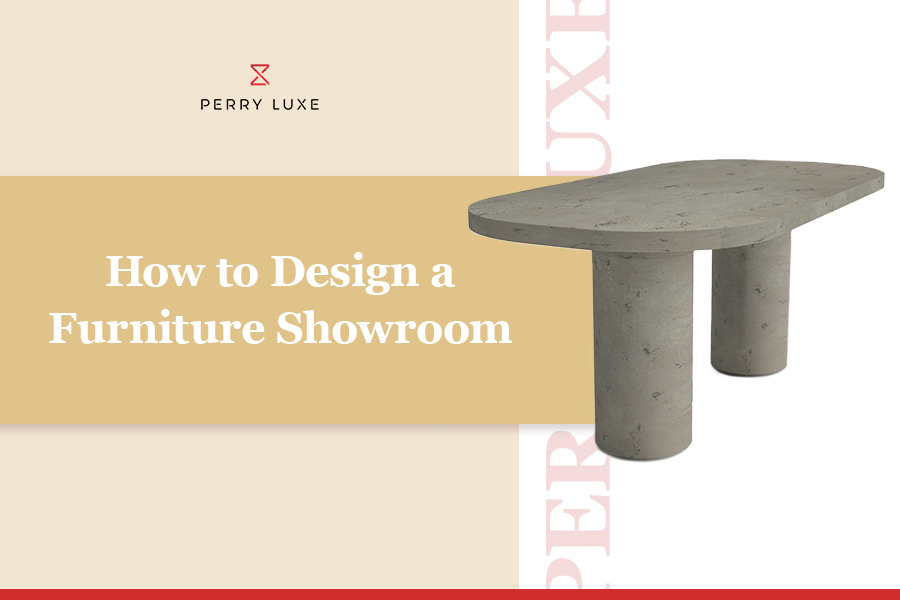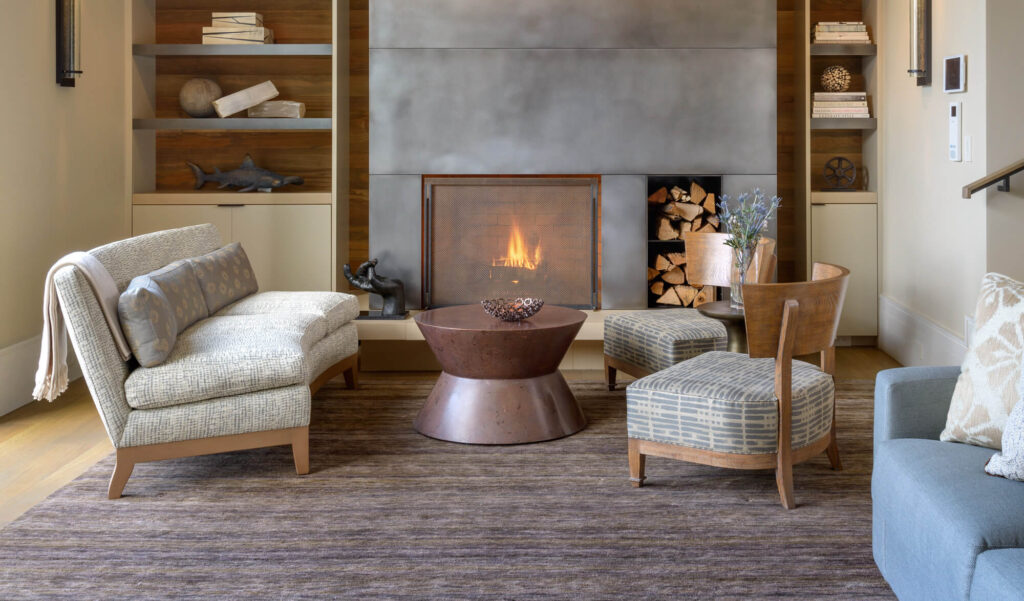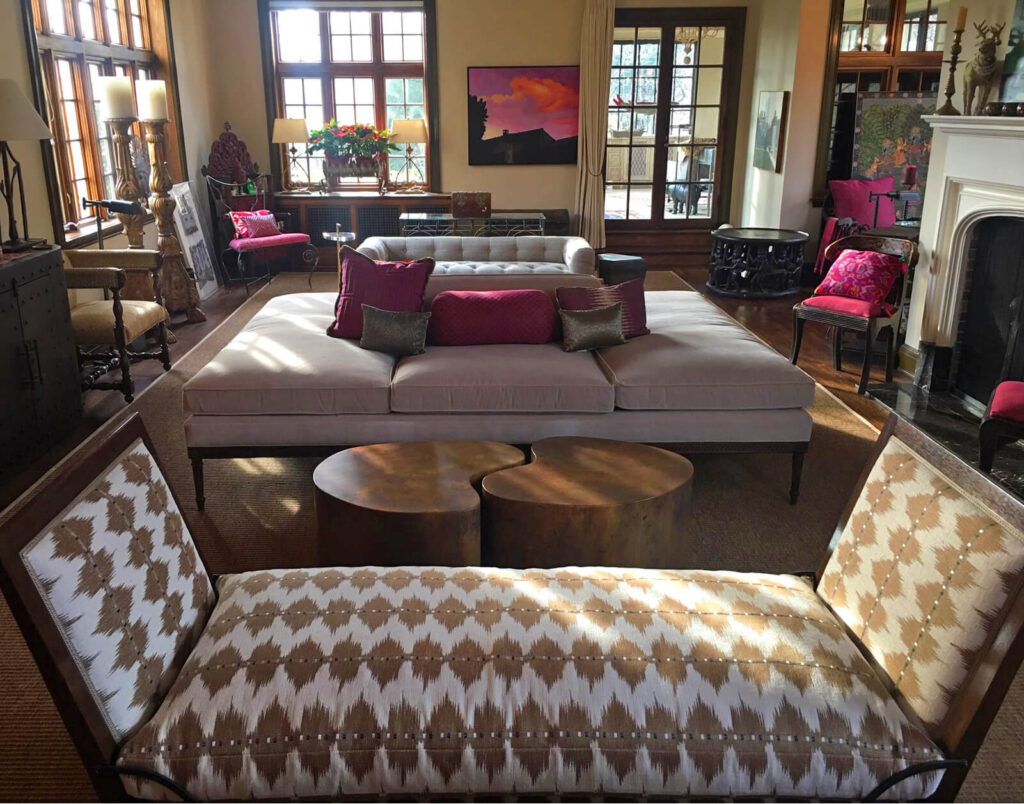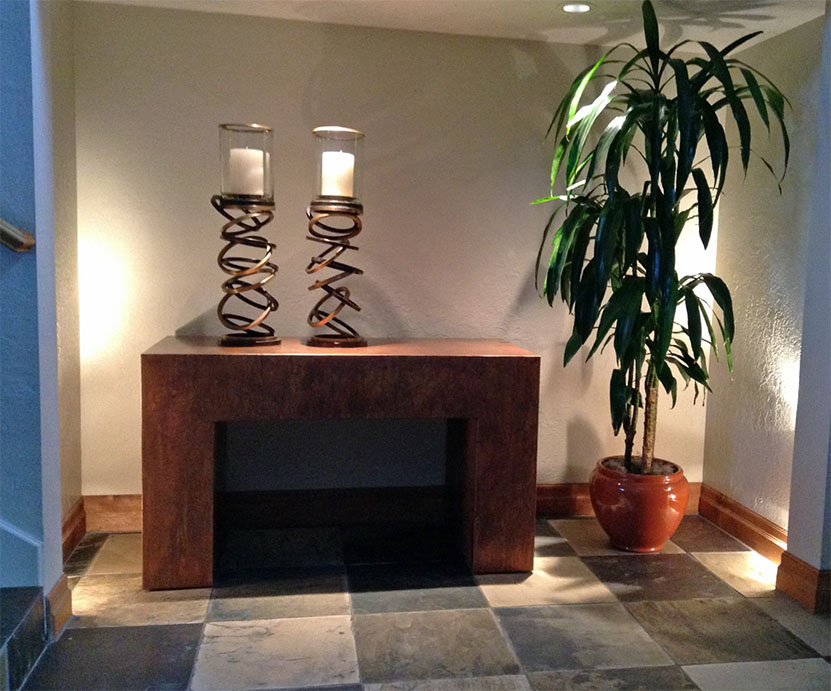How to Design a Furniture Showroom

Imagine stepping into a space where every piece of furniture is thoughtfully arranged to blend comfort and style. The lighting creates an inviting ambiance, and every corner crafts an experience that resonates with your customers. Curious about how to design the perfect showroom that creates a lasting impression? With the right approach, you can create a space that not only beautifully highlights your products but also entices visitors to make a purchase.
Ready to get inspired? Let’s get creative!
Tips on How to Design a Furniture Showroom
Redesigning your space to increase sales? Wondering how to organize a furniture showroom effectively? An aesthetically pleasing and well-organized space with a stylish backdrop and great lighting can make all the difference.
It captivates the senses, setting the tone for a memorable customer experience. Moreover, it engages visitors and reflects the quality and style of your products. Elements like layout, lighting, and ambiance contribute to shaping the showroom’s atmosphere.
A comfortable environment encourages customers to spend more time exploring and taking an interest in the products. Wondering about how to stage a furniture showroom that will be eye-catching and customer-friendly at the same time?
When staging a showroom, we must consider our target market first. If our space specializes in to the trade furniture, we should focus on showcasing the unique features and benefits of our products. But, how do you layout a showroom? Let’s explore the details.

Understand Our Brand and Audience
Defining the brand identity
The first step in making an effective furniture showroom design is understanding our brand’s aesthetics, identity, and values. For PERRY Luxe, this involves embodying sophistication and elegance through every design element.
We’re represented by various showrooms with clean, organized, and stylish setups, reflecting our commitment to luxury and exceptional quality. When customers encounter arrangements that demonstrate professionalism and reliability, they are more likely to leave potential customers with a favorable impression.
Identifying the target audience
When making plans about how to design a furniture showroom, it is crucial to understand the needs of different target audiences. Trade professionals often look for a space that showcases high-end products and facilitates quick decision-making.
In contrast, general consumers may appreciate a more immersive and interactive experience. Features like live demonstrations or virtual room setups can help them easily visualize how the pieces will fit into their homes.
By tailoring the layout and design elements to cater to distinct needs, you can significantly enhance their overall shopping experience. A showroom that effectively addresses the preferences of its visitors fosters customer loyalty and repeated visits.
Plan and Layout the Space
Maximizing the available space
An efficient showroom layout is key to optimizing customer exploration and comfort. It is essential to carefully consider the floor plan and ensure there is ample space for movement. A well-designed layout allows visitors to explore around in a relaxed manner without feeling crowded or overwhelmed.
Zoning and product grouping
To create a seamless shopping experience, design your showroom with distinctive zones for different furniture categories and styles. This approach enables visitors to effectively navigate through the space and easily find what they are looking for.
Many furniture showrooms organize the pieces based on their function and room type, such as living room, bedroom, or office furniture. They also group items by style (modern, rustic, eclectic) to help visitors browse options that match their preferences.
It is also worth considering organizing the furniture by material (wood, metal, glass) and finishes (matte, gloss) to provide a comprehensive view of options. By implementing such strategies, we believe you can enhance the visitor’s ability to find and appreciate the unique pieces that suit their needs best.

Aesthetic and Visual Merchandising
Color schemes and lighting
Color schemes and lighting are crucial for setting the mood of the showroom. Consistent use of colors, textures, materials, themes, and even aromas reinforces brand recognition and fosters an emotional connection with customers.
It is important to opt for color palettes that reflect the brand’s identity and complement the overall aesthetics of the space. We incorporate pieces that are scaled to the rest of the room and fit the theme, and use elements like curtains, and wall paint, to highlight specific products that can also help create a warm and inviting atmosphere.
Furniture arrangement and staging
Arranging the furniture creates a visually appealing layout that draws attention and inspires visitors. We often stage the pieces in realistic settings to help customers find furniture pieces that are cohesive with the overall design of their homes.
Additionally, incorporating accessories, window coverings, and decor accents enhances the showroom without overwhelming the space.
Interactive and Engaging Elements
Integrating technology into the furniture showroom can captivate tech-savvy customers and enhance their shopping experience. Digital catalogs and interactive displays allow visitors to explore a range of products with ease.
For an immersive experience, consider implementing VR and AR experiences to provide virtual previews of how furniture will look in different settings. Hands-on opportunities are equally important, allowing visitors to touch and feel the items.
This enables them to experiment with decor ideas and make more informed decisions regarding their interior design. Additionally, attract attention with appealing signboards and intriguing structures to spark curiosity and enhance their experience.
Ensure Pleasing Customer Experience and Service
Friendly and educated staff, as well as a welcoming environment are essential for customer satisfaction. Providing comfortable seating and refreshment areas may create an enjoyable atmosphere and encourage visitors to spend more time in the showroom.
Offering in-store design advice and services can further enhance the customer experience, helping them make choices that fit their needs and preferences. Customization options for modern furniture and window coverings add a personal touch, allowing customers to create a space that reflects their style.
Marketing and Promotions
Pre-opening strategies and in-store promotions
Generating excitement and building anticipation before opening a showroom by leveraging social media teasers and email campaigns is a must. Hosting special events and workshops will engage visitors by offering exclusive promotions. Such initiatives attract more visitors and create more opportunities for networking.

Conclusion
The process of how to design a furniture showroom is more than just the arrangement of products and furniture. It is about creating an experience that reflects the brand identity, meets the audience’s needs, and delivers a memorable customer journey.
By focusing on the showroom layout, aesthetics, interactive elements, and strategic marketing, we can build a space that attracts visitors, drives sales, and strengthens your brand’s presence in the competitive market.
Interior Design Business
What Are Trade Discounts?
Nowadays, professionals who offer goods to clients have many opportunities to improve their business operations and incr...
READ MORE
